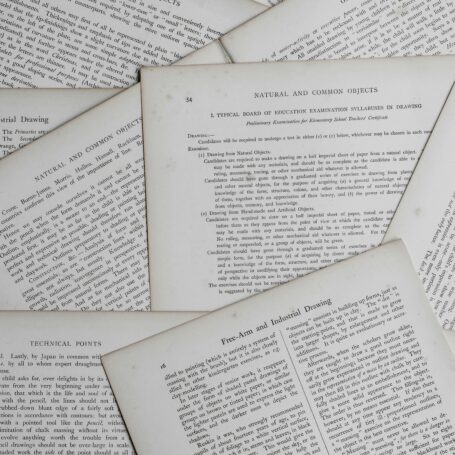Information Wants to Be Free. Help in the National Archives Jailbreak
 The United States’ National Archives and Records Administration has custody of more than 9 billion pages of records, a treasure trove that, as Gary Price of the Library Journal’s InfoDocket blog pointed out to us, “is home to a LOT of material that is essential for social sci research.”
The United States’ National Archives and Records Administration has custody of more than 9 billion pages of records, a treasure trove that, as Gary Price of the Library Journal’s InfoDocket blog pointed out to us, “is home to a LOT of material that is essential for social sci research.”
But only a fraction – albeit a reasonably large fraction – of that is digitized, and the National Archives’ own self-described “ambitious” goal is for all of this expanding collection to be available digitally. As the National Archives notes at its NARAtions blog, “Everyone would love to see all of the records available online as high-resolution scans with full-text searchability and a variety of ways to tag, search, browse, and discover the documents, photographs, maps, and films. And how about we get this completed by yesterday?”
But with so much raw material in the hopper and the time it takes to scan and tag what has been digitized, even ‘next year’ can be as unrealistic as ‘yesterday.’ Determining what goes first is of critical importance for researchers.
According to a new post at the NARAtions blog, the archives staff has compiled lists and set priorities for what they think the best order should be. “The separate lists will be the basis of an Agency-wide digitization priority list,” according to the blog, which then adds: “But no prioritization would be complete without the feedback and suggestions of the people who discover and use our records every day.”
From now until August 14th, engage in the discussion about digitization priorities in our online town hall on Crowd Hall. Post ideas, provide feedback, and make suggestions about what we should digitize. Then vote on your favorites. [You can also email the archives at digitization@nara.gov. ]























































































